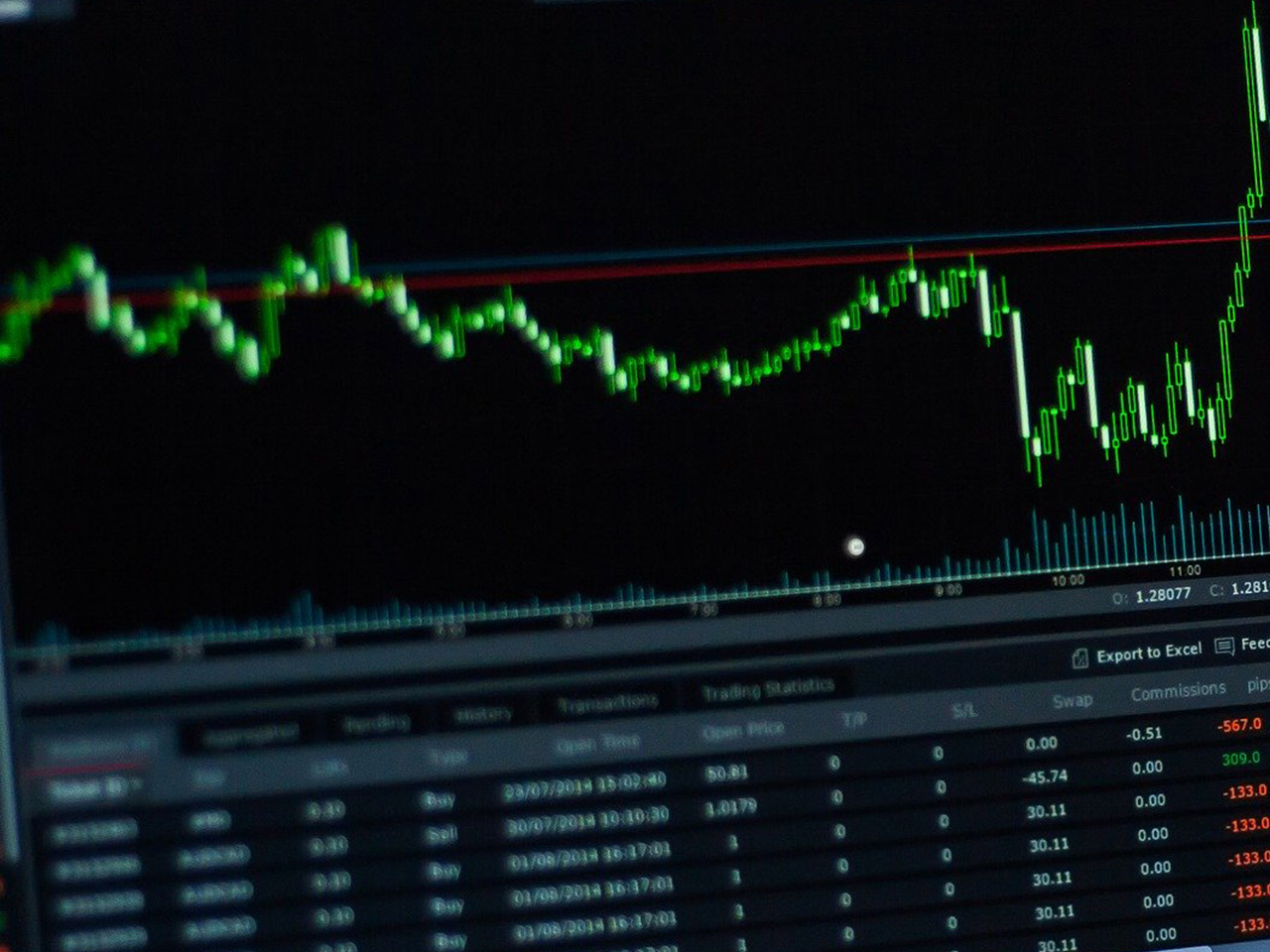Marks and Spencer Group PLC (MKS.L), a cornerstone of the British retail landscape, continues to hold investor intrigue with its diverse portfolio and strategic positioning in the consumer cyclical sector. With a market capitalisation of $6.69 billion, the company remains a significant player in the department stores industry, leveraging its extensive range of offerings from fashion to food.
Currently trading at 332 GBp, Marks and Spencer’s stock has experienced a modest price change of 0.01%, showcasing a degree of stability amidst the market’s typical fluctuations. The stock’s 52-week range, stretching from 317.50 GBp to 411.30 GBp, indicates potential for growth, especially considering the company’s forward-looking strategies and market conditions.
The valuation metrics present an intriguing picture. With a forward P/E ratio standing at a staggering 994.07, traditional valuation methods suggest some caution, potentially reflecting future earnings growth expectations or current market conditions skewing short-term metrics. The absence of a trailing P/E ratio and other standard valuation measures like PEG, Price/Book, and Price/Sales further highlight the complexity in evaluating Marks and Spencer through conventional lenses.
Marks and Spencer’s performance metrics reveal a robust revenue growth of 6.20%, a commendable feat in the challenging retail environment. The return on equity at 10.10% and an EPS of 0.14 underscore the company’s ability to generate returns from its equity base, while its free cash flow of £624.6 million offers a solid foundation for operational flexibility and potential reinvestments.
On the dividend front, the company offers a yield of 1.08%, with a conservative payout ratio of 21.43%. This conservative approach to dividends suggests a focus on retaining earnings for reinvestment in growth initiatives or fortifying the balance sheet, aligning with the company’s broader strategic aims.
Analyst sentiment towards Marks and Spencer is largely positive, with 11 buy ratings and 4 hold ratings, and notably no sell ratings. The average target price of 419.67 GBp suggests a potential upside of 26.41%, providing a compelling case for investors seeking growth opportunities. The target price range between 342.00 GBp and 462.00 GBp further highlights the potential for upward movement, contingent on market conditions and the company’s performance.
From a technical perspective, the stock’s RSI (14) of 66.87 indicates it’s nearing overbought territory, suggesting that investors might be optimistic about future prospects. However, the MACD and signal line readings, both negative, suggest some caution might be warranted, indicating potential short-term bearish momentum.
Marks and Spencer’s diversified segments—from fashion to food, and international to the digital partnership with Ocado—position it well to navigate the complexities of the retail sector. The company’s ability to adapt and innovate, particularly in its food and online offerings, remains a key strength in capturing consumer demand and expanding its market share.
For investors, Marks and Spencer represents a blend of tradition and innovation, with its rich history dating back to 1884. As it continues to evolve, balancing traditional retail with modern digital strategies, it remains a captivating story for those considering exposure to the UK retail market.





































